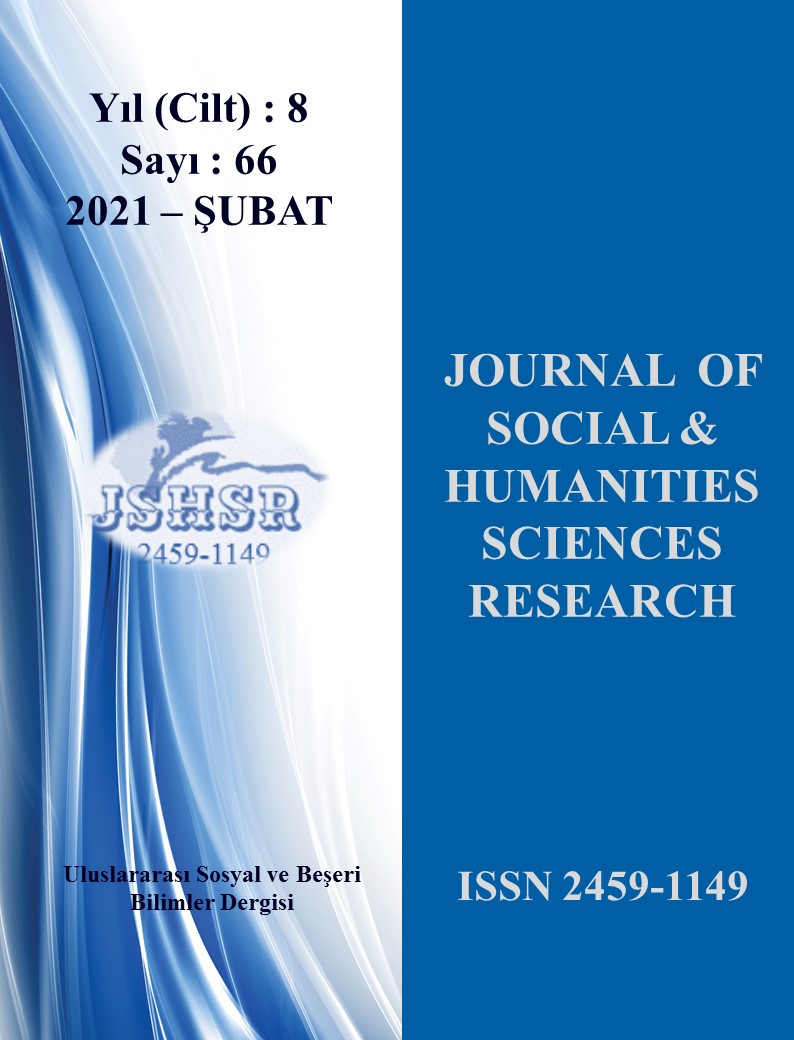WILL THE WORLD MANAGE IN THE FUTURE BY ADVANCED ECONOMIES OR RISING ECONOMIES?
DOI:
https://doi.org/10.26450/jshsr.2311Keywords:
Advanced Economies, Emerging Economies, Economic GrowthAbstract
Along with the rapid change process due to globalization, the direction of world trade and the regions where it concentrates, has rapidly changed. Developing countries (Emerging Economies-E7), whose economic size was half of the developed countries (Group of Seven-G7) in the 1990s, have started to be seen as the economic power of the future today. In the last quarter century, it is seen that most of the E7 countries (China, India, Brazil, Russia, Indonesia, Mexico, Turkey) have reached almost the same economic size by closing the gap with the G7(US, Germany, France, Britain, Italy, Japan, Canada) countries. E7 countries which also includes Turkey, are predicted to reach up to an economic size twice as big as G7 countries in 2050. These economies have a position that shapes the global conjuncture, increases global growth with their growth rates, supplies a large part of the globally needed products, uses and produces technology well.
The study aims to compare emerging economies with developed economies in terms of economic, demographic and sociological indicators and to evaluate whether developed economies or emerging economies will guide the future. For this purpose, economic, demographic and sociological data related to the said countries from the official websites of different institutions were used. As a result of the study, it was predicted that most of the E7 countries performed well in terms of different indicators, showed higher development in some indicators than the G7 countries, and if they increased their performance to a higher level, they could shape the world economy in the future.
Downloads
Published
How to Cite
Issue
Section
License
Copyright (c) 2021 INTERNATIONAL JOURNAL OF SOCIAL HUMANITIES SCIENCES RESEARCH

This work is licensed under a Creative Commons Attribution 4.0 International License.


